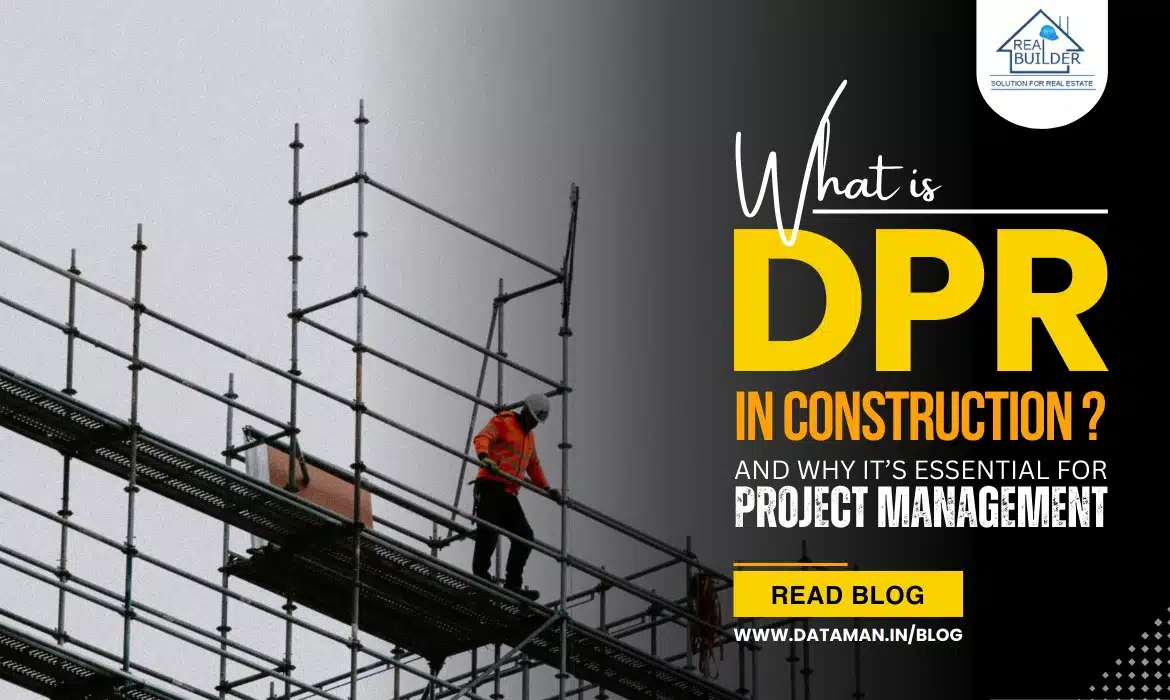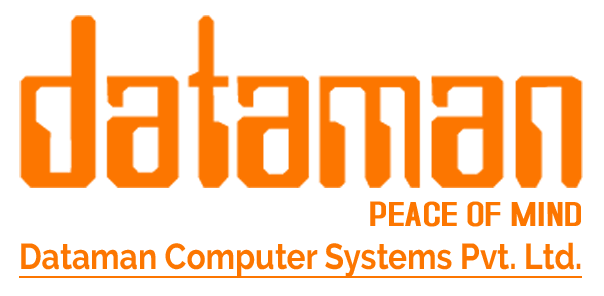- +91 9511117684
- shweta@dataman.in

Table of Contents
Post Views: 7,584
The construction industry is a complex web of interconnected tasks, each critical to the overall project success. A misstep in any stage can lead to significant delays, cost overruns, and quality compromises. A prime example is the collapse of the Champlain Tower South in Surfside, Florida. This tragic event highlighted the importance of meticulous project management, including the timely tracking and reporting of progress.
To ensure projects stay on track, construction professionals rely on a crucial tool known as the DPR (Daily Progress Report). A DPR is a detailed record of the work completed on a construction site on a specific day. It serves as a snapshot of the project’s health, providing valuable insights into its progress, challenges, and potential risks for the following day.
In this blog, we will undertake a comprehensive examination of DPR in construction, with particular focus on its significance, benefits, and other crucial elements.
What is a Daily Progress Report (DPR)?
A Daily Progress Report (DPR) is a crucial tool in the construction industry, serving as a detailed record of daily activities and progress on a project. It’s akin to a roadmap, guiding project managers and stakeholders through the construction journey.
By providing a clear and concise overview of work completed, ongoing tasks, and upcoming milestones, DPRs ensure that projects stay on track, within budget, and adhere to quality standards.
A well-prepared DPR is imperative for effective project management as it:
Provides a Clear Vision
DPRs help break down the project into smaller, manageable tasks, enabling precise scheduling. By documenting every aspect of the project, DPRs ensure that nothing slips through the cracks.
Financial Management
DPRs provide a clear financial overview of the project, including costs incurred and projected expenses. By tracking actual costs against the budget, DPRs enable better cost control and prevent overspending.
Facilitates Decision-Making
By providing detailed information, it supports informed decision-making at every stage of the project.
Identifies Potential Risks
Regular updates in DPRs highlight potential risks, such as material shortages or labour issues. By identifying risks early, project teams can develop effective mitigation strategies.
Ensures Efficient Resource Allocation
By quantifying resource requirements, it optimizes resource allocation.
Meets Regulatory Compliance
It ensures adherence to relevant regulations and standards, minimizing legal and environmental risks.
Read Also: What is the Construction Linked Payment Plan (CLP)?
Benefits of Daily Progress Reports (DPR)
Daily Progress Reports (DPRs) are a cornerstone of effective construction project management. By providing a snapshot of daily activities, DPRs offer several key benefits:
Improved Communication
DPRs serve as a central repository for all project-related information. Stakeholders, including clients, contractors, and project managers, can access the latest project updates promptly. By sharing detailed information, DPRs foster trust and transparency among project participants.
Enhanced Project Tracking
DPRs provide a baseline to compare actual progress against planned schedules. Any deviations from the project timeline can be identified early, allowing for timely corrective actions. By analyzing historical data from DPRs, project teams can make informed decisions.
Better Resource Management
DPRs help in monitoring the utilization of labour, materials, and equipment. By tracking resource consumption, project teams can minimize waste and optimize resource allocation. Accurate tracking of resources helps in controlling project costs.
Risk Mitigation
By reviewing daily activities, potential risks can be identified early. Early identification of risks allows for immediate corrective actions. By addressing issues promptly, DPRs help in avoiding project delays.
How Can Construction Management Software Help with DPR?
Construction management software can significantly streamline the DPR process, making it more efficient and accurate. By automating various tasks and providing real-time insights, this software empowers project managers to make informed decisions and ensure project success.
Key features that can aid in DPR management:
Document Management:
- Centralized storage for all project documents, including DPRs.
- Easy accessibility and sharing of documents with relevant stakeholders.
- Version control to track changes and maintain document integrity.
Task Scheduling:
- Visual representation of project timelines and dependencies.
- Real-time updates on task progress, helping to identify potential delays or bottlenecks.
- Automated reminders and alerts for timely task completion.
Budget Tracking:
- Monitoring of actual costs against budgeted amounts.
- Identification of cost overruns or savings opportunities.
- Generation of detailed cost reports for informed decision-making.
Reporting and Analytics:
- Automated generation of comprehensive DPRs.
- Customizable reports to track key performance indicators (KPIs).
- Data-driven insights to optimize project performance.
Read Also: What is Commercial Construction? A Deep Dive
Conclusion: What is DPR in Construction
In conclusion, a DPR (Daily Progress Report) is a vital tool for effective construction project management. It provides a daily snapshot of project progress, identifies potential issues, and enables informed decision-making. By consistently monitoring and analyzing DPRs, project managers can optimize resource allocation, mitigate risks, and ensure timely project completion.
FAQs:
What is a DPR in construction?
A Daily Progress Report is a detailed record of daily construction activities, including completed tasks, resource usage, and challenges faced.
Why is DPR important for construction projects?
DPR helps in maintaining clear communication, tracking project progress, and identifying potential risks early.
What should be included in a DPR?
A DPR should include technical progress, financial updates, resource usage, and compliance with safety and environmental regulations.
How does DPR improve project management?
By providing daily updates, DPR allows managers to make informed decisions, adjust plans, and keep the project on track.
What tools can help in preparing DPRs?
Project management software and digital templates can streamline the preparation of DPRs, making them more accurate and efficient.
0

